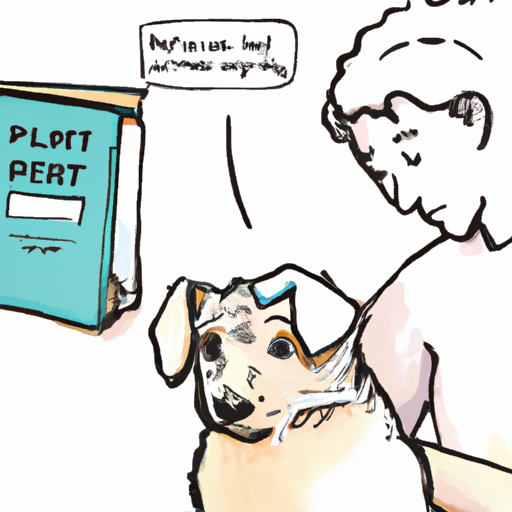Introduction
As a caregiver, seeing your dog in any form of discomfort can be distressing. One of the common issues that may arise is bleeding from the ear. This piece of writing is designed to provide you with the knowledge and procedures required to handle such a situation. But remember, any form of treatment given at home is only temporary. It’s crucial to take your pet to the vet immediately for a thorough check-up.
1. Identifying the Cause
It’s important to understand that bleeding from the ear isn’t a disease itself but a symptom of an underlying problem. Some common causes include:
- Trauma: Dogs with long ears are prone to injuries that can lead to bleeding.
- Parasites: Fleas and ticks can cause bleeding if they bite the inside of the dog’s ear.
- Infections: Bacterial or yeast infections can lead to inflammation and bleeding.
- Tumors: Although rare, tumors in the ear can cause bleeding.
2. Initial Steps to Stop the Bleeding
When your dog’s ear starts bleeding, your immediate action can help mitigate the situation. Here’s what you should do:
- Stay Calm: Your dog can sense your anxiety. Staying calm can help keep your dog relaxed, reducing further harm.
- Apply Pressure: Using a clean cloth or bandage, apply gentle pressure to your dog’s ear to help stop the bleeding.
- Assess the Situation: If the bleeding doesn’t stop within a few minutes, it’s time to rush to the vet.
3. Preventing Further Injury
While waiting for the vet or after the initial bleeding has stopped, avoid any actions that might exacerbate the injury. These include:
- Avoid touching or scratching the ear.
- Prevent the dog from shaking its head.
- Don’t try to clean the ear or remove foreign objects on your own.
4. What to Expect at the Vet
Upon reaching the vet, they will likely perform the following steps:
| Step | Description |
|---|---|
| Physical Examination | The vet will check the general condition of the dog and its ear. |
| Diagnostic Tests | These might include blood tests, ear swabs, or imaging to identify the underlying cause. |
| Treatment | Depending on the diagnosis, the vet might recommend a variety of treatments, from medication to surgery. |
5. Aftercare and Prevention
Once your dog has received treatment, it’s essential to follow the vet’s aftercare instructions. This might include administering medication, applying creams, or changing bandages. To prevent future incidents, consider the following:
- Regular grooming
- Use of parasite prevention products
- Routine vet check-ups
Frequently Asked Questions (FAQ)
Q: How long does it take for a dog’s ear to stop bleeding?
A: It depends on the severity of the injury. Minor cuts may stop bleeding within a few minutes, while serious injuries require immediate medical attention.
Q: How can I prevent my dog’s ear from bleeding?
A: Regular grooming, using parasite prevention products, and regular vet check-ups can help prevent ear bleeding.
Q: Is bleeding from the ear a dangerous situation?
A: While not always life-threatening, it’s crucial to treat it as an emergency and get your pet to the vet as soon as possible.
Through knowledge, swift action, and proper care, you can ensure your dog’s ear bleeding is managed effectively, minimizing any discomfort or distress for your beloved pet.



